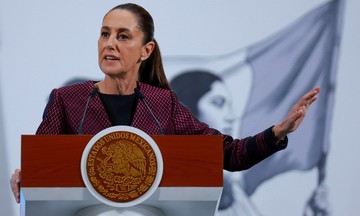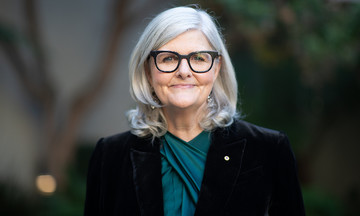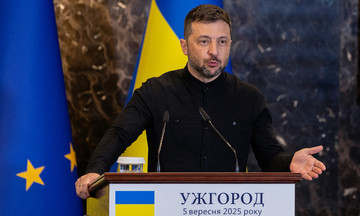The massive Darya-e-Noor diamond has resided in the vault of Bangladesh's central bank since 1908. Many suspect it was lost during the tumultuous end of British rule in 1947, or during Bangladesh's 1971 war of independence and subsequent political upheavals.
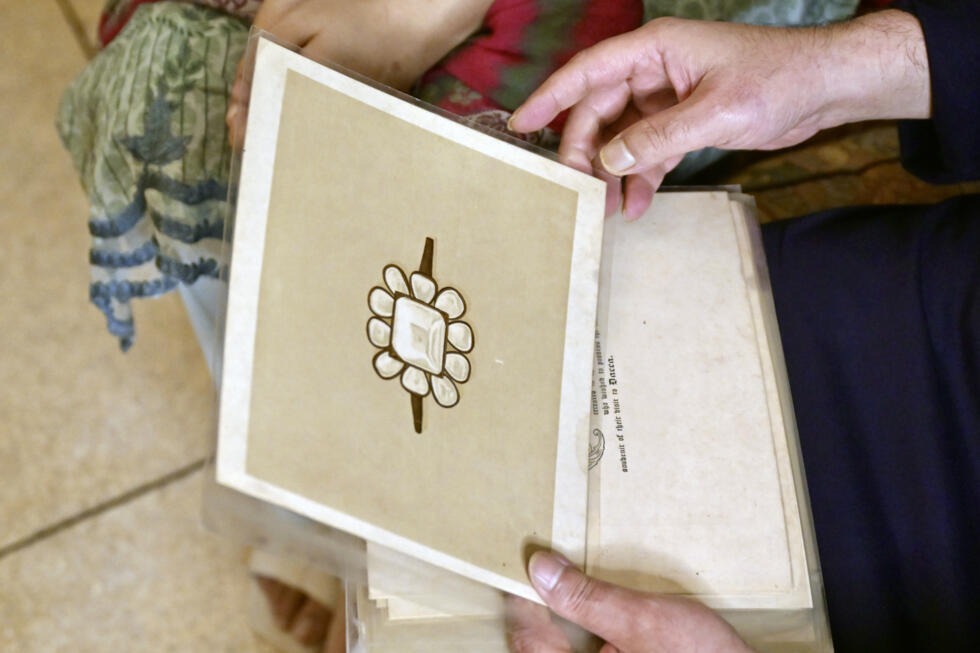 |
A drawing of the Darya-e-Noor from Khawaja Naim Murad's family book, shown at his Dhaka home on 18/8. Photo: AFP |
A drawing of the Darya-e-Noor from Khawaja Naim Murad's family book, shown at his Dhaka home on 18/8. Photo: AFP
The South Asian nation's government recently ordered the formation of a committee to unseal the vault, giving Khawaja Naim Murad, great-grandson of the Nawab of Dhaka, renewed hope.
"This is not a fairy tale," the 55-year-old Murad said, recalling the story passed down from his father about the enormous diamond, nicknamed "River of Light", which adorned a sparkling bracelet.
"The diamond is rectangular, surrounded by smaller diamonds," Murad described.
The Darya-e-Noor is one item among a 108-piece treasure. Records indicate the hoard also includes a gold and silver sword encrusted with diamonds, a pearl-studded conical cap, and a star-shaped brooch that once belonged to a French queen.
The Nawab of Dhaka's pink riverside palace, Ahsan Manzil, is now a national museum. Murad, a former film star, lives in a large villa on the outskirts of the capital. He holds a stack of documents, including a family book detailing the treasures.
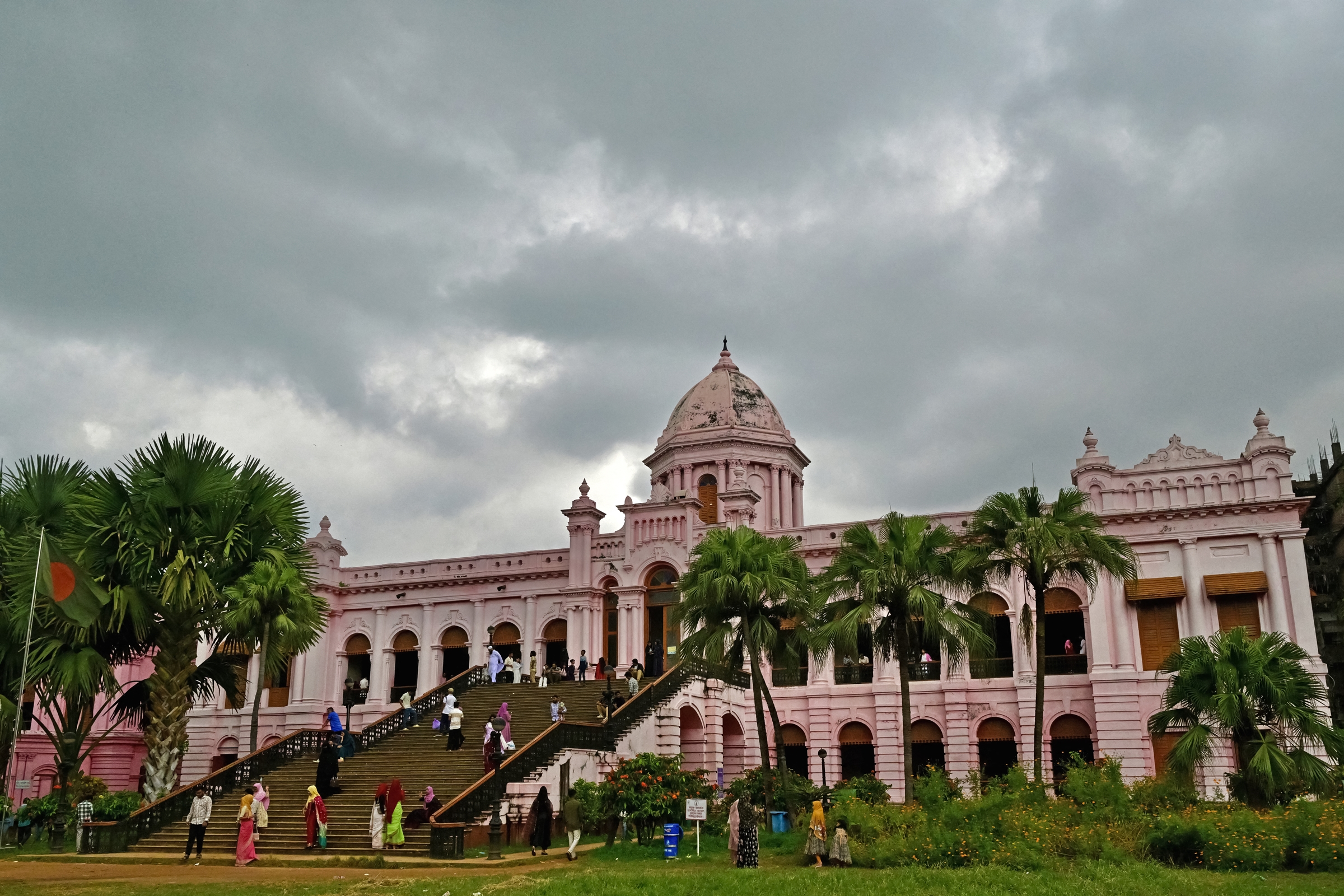 |
Visitors tour the museum inside the pink riverside Ahsan Manzil palace on 20/8. It was once the home of Salimullah Bahadur, the last Nawab of Dhaka, now the capital of Bangladesh. Photo: AFP |
Visitors tour the museum inside the pink riverside Ahsan Manzil palace on 20/8. It was once the home of Salimullah Bahadur, the last Nawab of Dhaka, now the capital of Bangladesh. Photo: AFP
"It is one of the most famous diamonds in the world, its history intertwined with the Koh-i-Noor," the book mentions, referring to the renowned 105.6-carat diamond set in the British Queen's crown, which has been the subject of ownership disputes between Bangladesh, Afghanistan, India, Iran, and Pakistan.
Another diamond with a similar name to Murad's, the pale pink Daria-i-Noor, is part of Iran's former royal jewelry collection in Tehran.
Murad asserts his family's diamond was once owned by Persian kings, later worn by Sikh warrior Ranjit Singh in 19th-century Punjab. The British subsequently seized it, and his ancestors purchased it.
In 1908, Salimullah Bahadur, the then-Nawab, faced financial difficulties. He borrowed money from the British, using his vast Dhaka estates and the treasure as collateral, sealing it in the bank vault.
That was the last time they were seen. Murad says his uncle saw the gems in the bank in the 1980s, but bank officials are unsure if the vault has ever been unsealed.
AJM Salahuddin Nagri, chairman of Bangladesh's Land Reform Board, said the government inherited custodianship of the treasure, "but I have never seen any of the gems."
The 1908 records do not specify the diamond's carat weight but valued it at 500,000 rupees, with the entire treasure worth 1.8 million rupees.
At current exchange rates, that's equivalent to 13 million USD, though experts say the market value of such rare and large gems has likely increased exponentially over the past century.
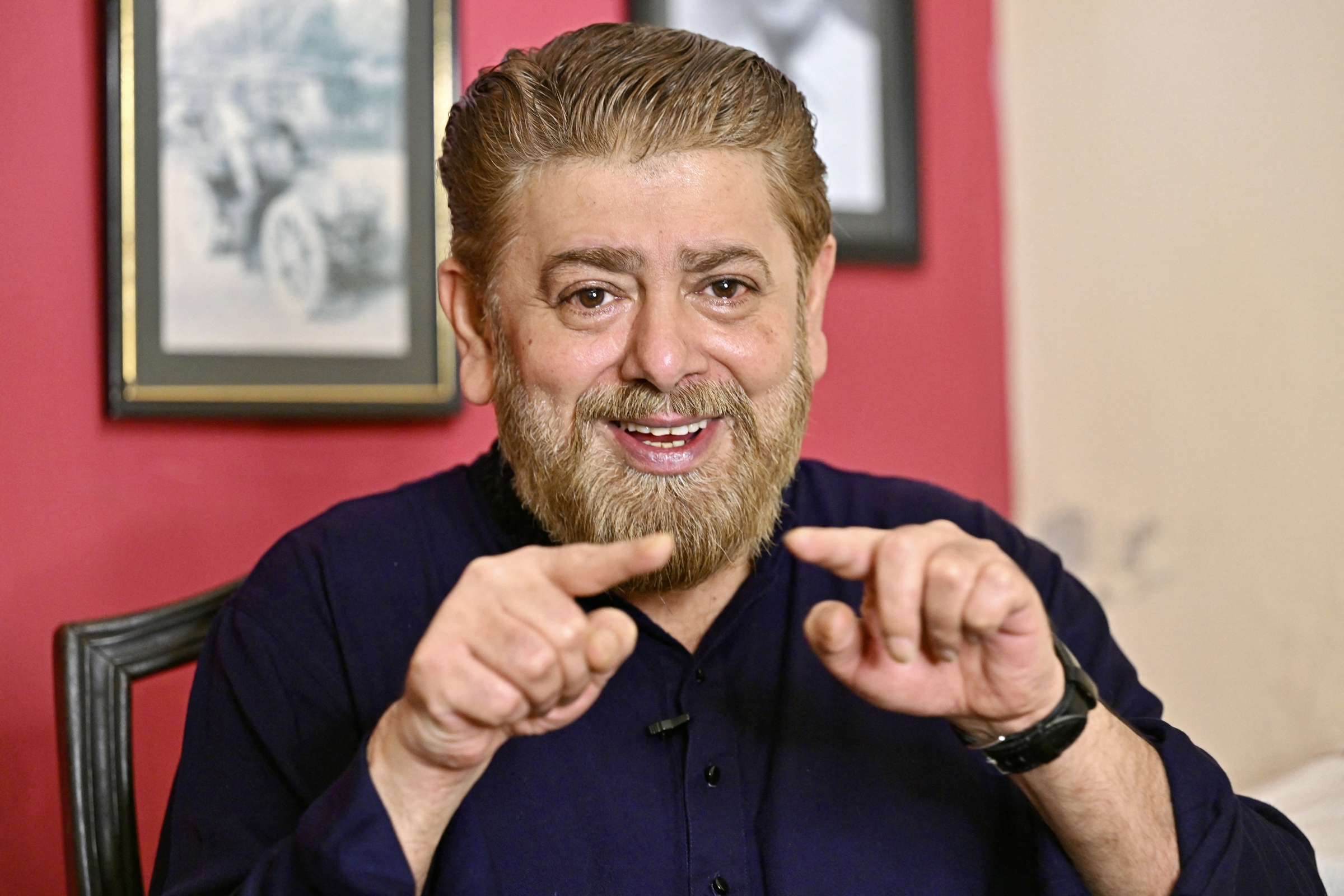 |
Murad during an interview at his home in Dhaka on 18/8. Photo: AFP |
Murad during an interview at his home in Dhaka on 18/8. Photo: AFP
Shawkat Ali Khan, managing director of Sonali Bank, confirmed the vault remains closed. "The vault has been sealed," Khan stated. "Years ago, an inspection team came to check the gems, but they never actually opened the sealed box; they only opened the vault gate."
He is eager to unseal it, but the government hasn't set a date. "I am very excited," he said.
The Murad family wants to know if any debt from the previous century remains and if they can reclaim the treasure. Beyond that, Murad’s true desire is to see the treasure himself.
"We believe that if a person dies in debt, their soul will never find peace," he expressed.
Hong Hanh (AFP)



